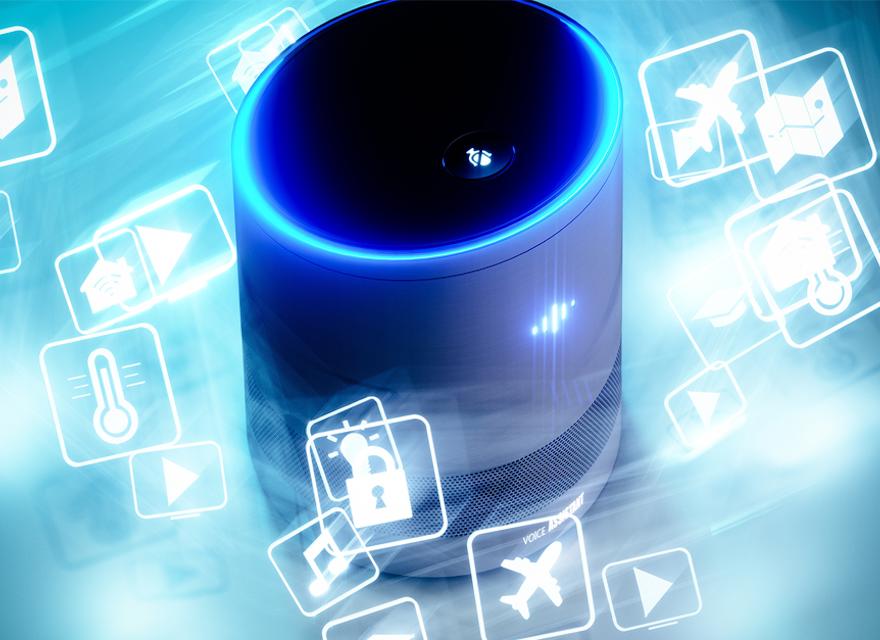Researchers forecast that half of U.S. households will own a smart speaker in 2019. Now cars and refrigerators “talk”, sound systems integrate with voice assistants, and TV remotes have turned into microphones - simply tell your TV what you want and ‘voilà’, the title you were looking for is ready to play. Gone are the days when we had to painfully navigate from one letter to the next to do a search on our TVs.
AI combined with speech recognition means a great deal for retailers. Smart speaker marketing is still in its early days but expect to see it grow significantly within the next few years.
What consumers want from voice-activated devices
Consumers are increasingly asking for what they want. A study published on ClickZ reports that voice-activated device owners would like brands to inform them about:
- Deals, sales and promotions – 52%
- Personalized tips and information to make my life easier – 48%
- Information about upcoming events or activities – 42%
- Options to find business information (store locations, hours) – 39%
This is only the tip of the iceberg. Let’s consider for a moment all the implications and potential of the mix of artificial intelligence and natural language:
- It will impact how you write your content.
- It will open the door to multiple, branded voice applications.
- It will redefine the meaning of brand “tone of voice”.
Let’s unpack each of these points:
Rethinking how retailers write content
Voice-powered search is very different from keyword search on Google and other search engines. Until now, retailers have been making sure that content would use the right keywords and compete to get on the first page of results. How will you compete now that, as per Gartner, 30% of internet browsing sessions will be done without a screen by 2020? What will be your strategy for voice search optimization, knowing that voice-powered search results are narrowed down to one or two options?
Voice search is a game changer, it is all based on natural language – not specific keywords – and it will definitely impact how content is written and the search marketing strategy. As an example, reviews and FAQ will gain in importance due to the more natural language they use. What about your metadata? What will your local content be considering that voice search results prioritize local results?
Branded voice applications
Voice-powered personal assistant applications are not mobile applications. Their purpose is more narrowed, information is organized differently, and content is shortened to answer to specific requests. Personal assistant applications are trending, a few examples can be found here. How will retailers position their brands with the multiplication of personal assistants? What will be the benefits of building your own voice-powered application? How will you integrate voice activation to your mobile apps?
Personal assistants are an opportunity to improve customer service, to extend the relationship with customers beyond the retail or online store. There are many factors to consider when writing content for a voice application:
- Most searches are based on a moment for the user.
- Answers need to be concise and clear.
- Once launched, an application allows for a dialogue without the need of the user to repeat “Alexa” or “Google” for each question, therefore, the next related question can be suggested to the user.
- A voice application offers the possibility to ask permission to access the user’s profile and to follow up with more information via SMS or email.
Brand tone of voice
A voice is very powerful and unique – we can recognize the voice of our child, parent or friend among all others as it carries memories, moments and sentiment. What will be your brand’s voice?
Retailers all know the importance of the “tone of voice,” but now with voice-powered assistants, the tone of voice becomes literal – your brand can now have a voice. Voice technologies currently offer only eight different U.S. language voice options that users can change as they please, and 27 when including all languages. My prediction is that brands will soon want to use custom voices representative of their brand.







